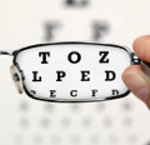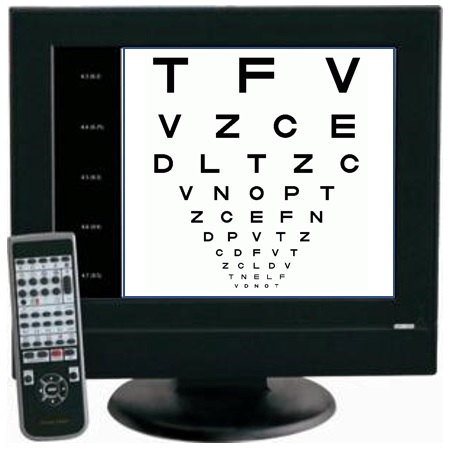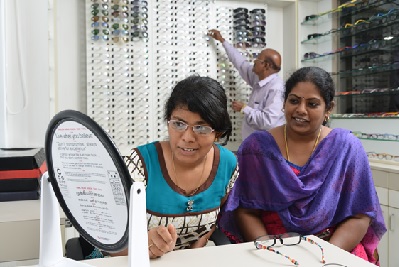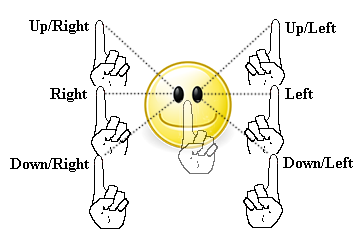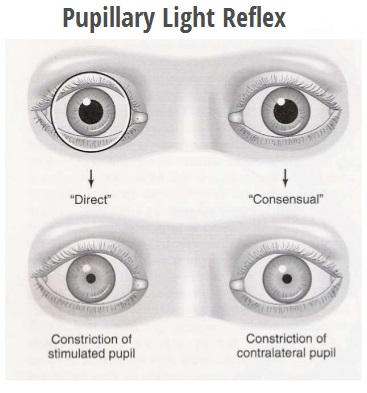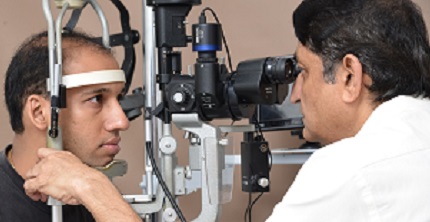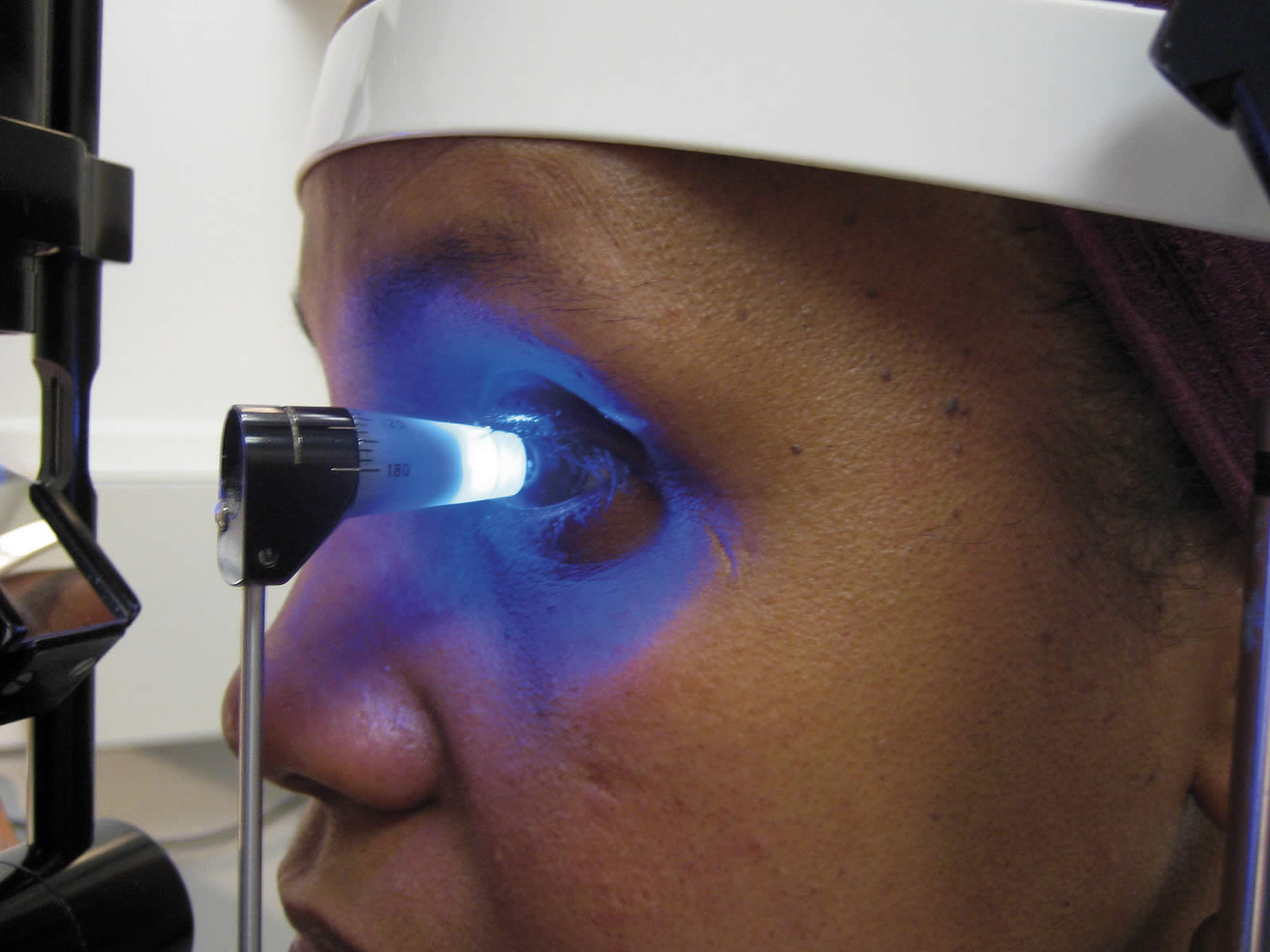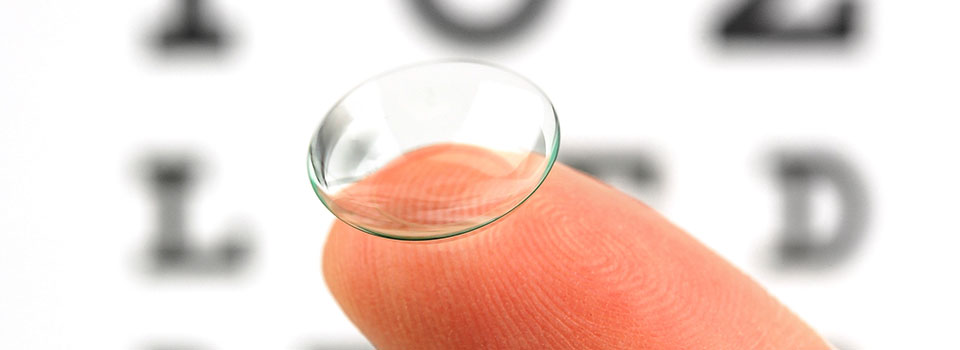Our Eye Specialists assess the vision and health of the eyes with a series of tests and evaluation ranging from Visual Screening to testing intraocular pressure, retina examinations. We can detect and evaluate various Eye Disorders. We also do Contact Lens Fitting.
Complete Vision Evaluation
We offer Complete Vision Evaluation for children, adults and senior citizens.
With our State-of-the-Art Equipment, our well trained Optometrists and highly experienced Ophthalmologists will take you through eye examinations, investigations and provide the best treatment for you.
Our Complete Vision Evaluation consists of an external examination such as eyelids, conjunctivae followed by a series of tests for visual acuity, pupil function, extraocular muscle motility, visual fields, intraocular pressure and ophthalmoscopy through a dilated pupil.
Measure Visual Acuity
By measuring Visual acuity we can evaluate how clearly each eye is can see. We measure Visual acuity using Computerized Vision Charts for both Adult and Paediatric cases. Color vision is evaluated by Ishiara Charts.
A common cause of low visual acuity is refractive error. Refractive error, also known as refraction error, is a problem with focusing of light on the retina due to the shape of the eye such as
Myopia
Myopia (near sightedness) is a condition of the eyes in which nearby objects are clear and distant objects appear blurry. The eye focusses images directly in front of the retina producing blurry vision.
Hyperopia
Hyperopia (far sightedness) is a condition of the eyes where distant objects appear better than objects closer to the eye, and nearby objects appear blurry. With hyperopia, light rays focus behind the surface of the retina, producing a blurry image.
Astigmatism
Astigmatism occurs when the cornea – the clear white layer covering the eye – is slightly irregular in shape, thus preventing light from focusing properly on the retina in the back of the eye. With astigmatism some of that light focuses either in front of or behind the retina, resulting in vision that may be blurry for either near or far vision or, for all objects.
Presbyopia
Presbyopia is an age-related eye condition that makes it more difficult to see and read very close. Symptoms include a hard time reading small print, having to hold reading material farther away, headaches, and eyestrain.
These refractive errors can mostly be corrected by optical means such as eyeglasses, contact lenses. We do Contact Lens Fitting.
Or get rid of your glasses / contact lenses completely. We do Procedures for correcting refractive errors such as
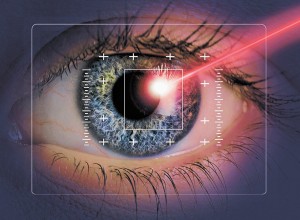
Test Visual field
A Visual Fields Test can detect dysfunction in central and peripheral or side vision of the eyes.
The patient is made to sit and look inside the perimeter equipment and asked to press a button each time they see a flash of light. A computer records the spot of each flash and also if the patient pressed the button when the light flashed in that spot. Based on this reading, a report is generated on the areas where the eye did not perceive the light flash, indicating areas of vision loss. This usually indicates an early sign of glaucoma.
Test Extraocular muscle motility
To see a clear and single image, the eyes should change focus, move and work together which is called Ocular motility and binocular vision. We examine the function of the eye muscles and can detect problems such as double vision or rapid, uncontrolled eye movements that keep your eyes from focusing effectively or make using both eyes together difficult.
Examine Pupillary light reflex
We examine the Pupillary function by inspecting the pupils for equal size, regular shape, reactivity to light.
The pupillary light reflex (PLR) is a reflex that controls the pupil diameter, in response to light enters the eye, thereby assisting in adaptation to various levels of lightness/darkness. A greater intensity of light causes the pupil to constrict and a lower intensity of light causes the pupil to dilate.
Evaluate anterior segment of the eye
The anterior segment of the eye consists of the structures in front part of the eye: orbit, lids, conjunctiva, sclera, cornea, ant chamber, iris, ciliary body, lens
We use a Slit lamp with imaging to capture and document rare eye conditions. This allows viewing of magnified images of all the ocular media, from cornea to vitreous, plus magnified view of eyelids, and other external ocular related structures. The patient is seated while being examined, and the head stabilized by an adjustable chin rest.
Test Intraocular pressure for Glaucoma
Intraocular pressure (IOP) is the fluid pressure inside the eye where there is a constant circulation of fluid that maintains its shape and internal pressure.
IOP is an important aspect in the evaluation of patients at risk from glaucoma. High pressure inside the eye is caused by an imbalance in the production and drainage of fluid in the eye (aqueous humor) and can be a serious problem.
We can measure IOP by Applanation Tonometry Device and Tonopen for Paediatric and Bedside Patients.
Contact Lens Fitting
Contact lenses are an excellent choice for nearly anyone who needs vision correction but doesn’t want to wear prescription glasses full time or undergo LASIK procedure.
We offer a wide array of contact lenses to suit each patient’s needs such as daily disposables, daily wear and extended wear lenses. There are soft lenses, gas permeable lenses, silicone hydrogel lenses
Soft lenses
Soft lenses are made from gel-like, water-containing plastics called hydrogels. These lenses are very thin and pliable and conform to the front surface of the eye
Silicone hydrogel lenses
Silicone hydrogel lenses are an advanced type of soft contact lenses that are more porous than regular hydrogel lenses and allow even more oxygen to reach the cornea.
Hybrid contact lenses
Hybrid contact lenses are designed to provide wearing comfort that rivals soft or silicone hydrogel lenses, combined with the crystal-clear optics of gas permeable lenses
Bifocal and Multifocal Contact Lenses
We also recommend Bifocal and multifocal contact lenses. These provide clear vision that correct refractive errors and also presbyopia which is age-related decline in near vision for people above 40 years of age.
Multifocal contact lenses can have a range of power in each lens (similar to Progressive Eye Glasses)
Cosmetic Contact Lenses
Colored contact lenses change your eye color. They can be prescription contact lenses that correct refratuve errors, or can have no power at all.
Toric Contact Lenses
Toric contact lenses can correct astigmatism. The lenses can have different power in different meridians of the eye. The lenses also rotate to the proper orientation on the cornea to power meridians and merians of the eye align.
Contact Lens Fitting
A contact lens exam determines the correct contact lens fit to ensure comfort and good vision while maintaining proper eye health. The contact lens must provide good vision by correcting myopia, hyperopia, astigmatism, or a combination of these errors. The lens must fit your eye. To do that, we will evaluate your eye’s physiology, and your vision, eye dryness, to determine a suitable lens.
Evaluation
We conduct the following evaluations as part of Contact Lens Fitting.
- Contact Lense Trial Assessment
- Keratometry
- Tear Film Assessment
- Lid disorders
- IOL Master
- Corneal Topography

